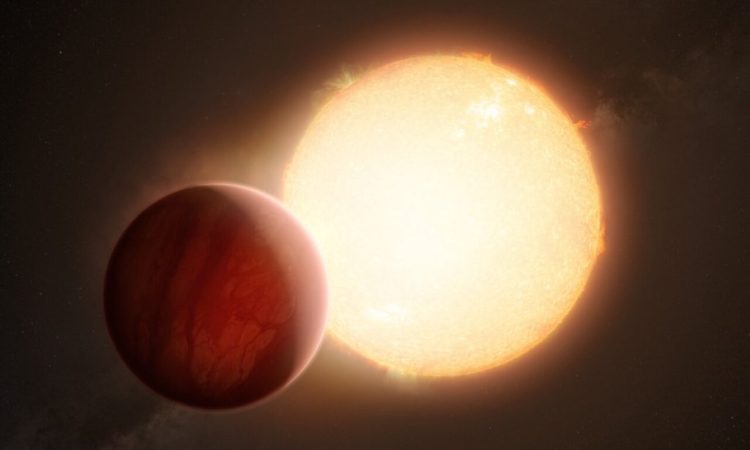
The discovery of an Earth-like planet around its dead star offers hope for our planet’s future survival.
The discovery of an Earth-like planet 4,000 light-years away, provides a preview of one of the possible fates of our planet billions of years from now, when the Sun has transformed into a white dwarf and the Earth has moved beyond the orbit of Mars. This distant planetary system, identified by astronomers at the University of California, closely resembles expectations for the Sun-Earth system: it consists of a white dwarf with a mass approximately half that of the Sun and a companion the size of Earth in an orbit twice as large as Earth’s current orbit.
What should we expect
This is probably the fate of the Earth. The Sun will eventually swell like a balloon larger than Earth’s orbit today, engulfing Mercury and Venus. As the star expands to become a red giant, its mass will force planets to migrate to more distant orbits, giving Earth little opportunity to survive farther from the Sun. Eventually, the red giant’s outer layers will be blown away to leave behind no larger than a planet, but with the mass of a star. If Earth has survived by then, it will likely end up in an orbit twice its current size.
The results of the study
The discovery, published in the journal Nature Astronomy, tells the story of the evolution of main sequence stars, such as the Sun, through the red giant phase to the white dwarf phase, and how this affects the planets that surround them. Some studies suggest that for the Sun this process could begin in about 1 billion years, eventually vaporizing Earth’s oceans and doubling Earth’s orbital radius if the star does not engulf our planet first.
Eventually, in about 8 billion years, the Sun’s outer layers will have dispersed, leaving behind a dense, luminous ball, a white dwarf, with a mass about half that of the Sun, but smaller than Earth. The planetary system provides an example of a surviving planet, although it is well outside the faint white dwarf and unlikely to support life. It may have had habitable conditions at some point, when its host was still a Sun-like star.
Read more:

